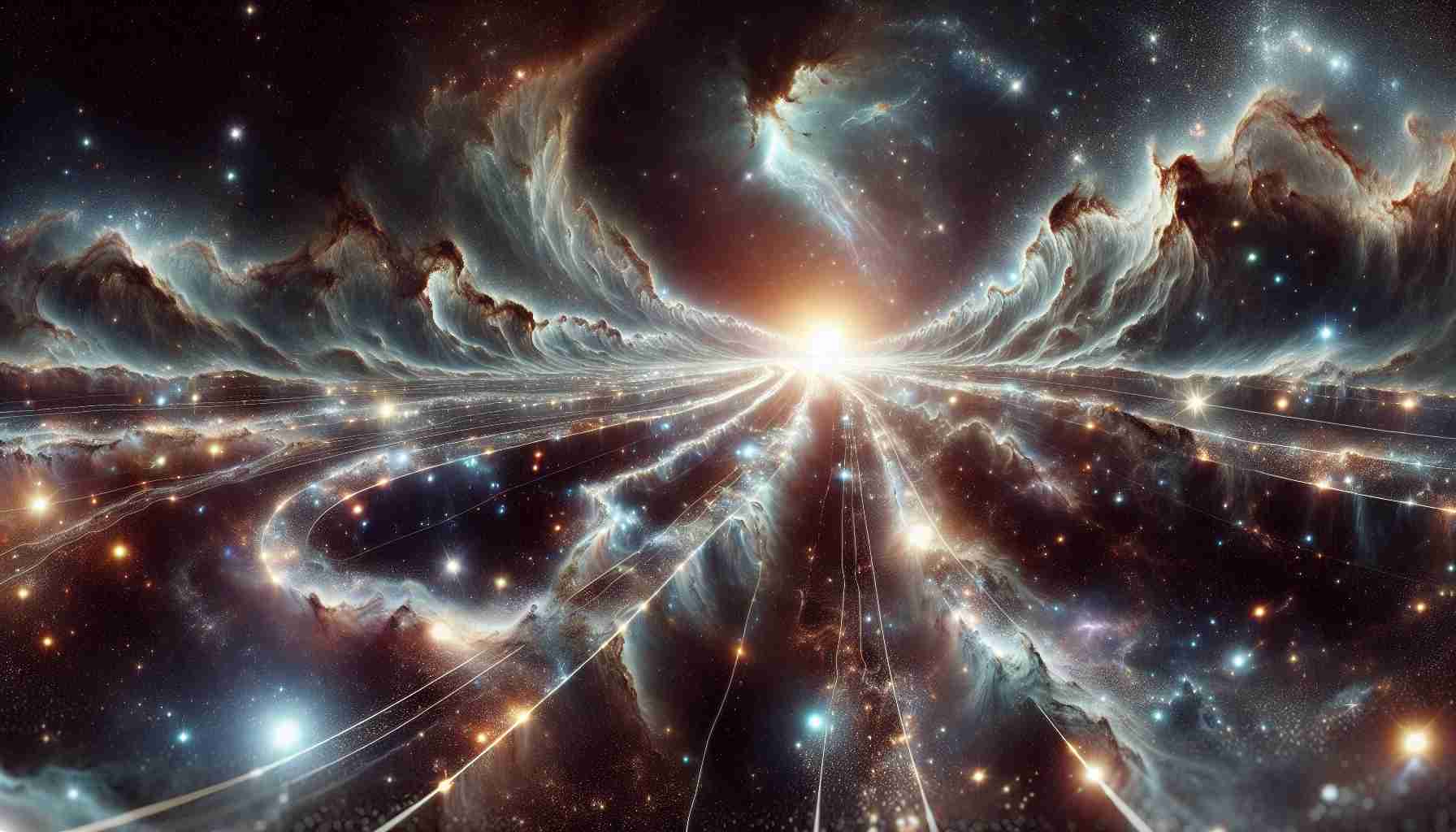A Discovery Beyond Imagination
A team of astronomers has unveiled a groundbreaking interstellar pathway connecting our solar system to an unknown destination in deep space. Utilizing data from the revolutionary eROSITA X-ray telescope, researchers have mapped out a three-dimensional realm known as the Local Hot Bubble. Within this cosmic landscape lies an unprecedented structure linking the bubble to a distant location in the Centaurus constellation, home to Proxima Centauri, the closest star to our Sun.
Unveiling New Cosmic Frontiers
This remarkable discovery challenges conventional beliefs about the cosmos, hinting at a vast network of similar structures scattered throughout the Milky Way. While sparking excitement about the potential prevalence of these interstellar tunnels, the findings do not suggest an immediate avenue for interstellar travel or exploration of distant planets.
Exploring the Mysteries of the Universe
The implications of this finding extend beyond the realm of interstellar shortcuts, prompting a renaissance in scientific inquiry into the fundamental structure of our universe. While the allure of traversing such pathways captures the imagination, the true value lies in unraveling the mysteries of the cosmos and understanding the interconnectedness of celestial bodies in ways previously unimagined.
Deciphering the Enigma of Interstellar Pathways
In the wake of the groundbreaking discovery of the interstellar pathway leading from our solar system to the Centaurus constellation, new questions arise that delve deeper into the mysteries of the cosmos. What other celestial wonders are linked by similar pathways waiting to be uncovered? How do these pathways influence the dynamics of our galaxy and beyond? Let’s explore some of the key implications and challenges associated with unveiling these interstellar pathways.
Key Questions and Answers
1. Are these pathways exclusive to the Local Hot Bubble?: While the discovery in the Local Hot Bubble is monumental, astronomers are now pondering whether similar pathways exist in other regions of the Milky Way and beyond. The extent of this interconnected network remains a captivating question that could redefine our understanding of cosmic structure.
2. Can interstellar travel become a reality through these pathways?: Despite the excitement generated by the discovery, the practicality of utilizing these pathways for interstellar travel still poses significant challenges. The vast distances involved, the unknown environmental conditions along the routes, and technological limitations present formidable obstacles to turning this discovery into tangible travel opportunities in the near future.
Challenges and Controversies
One of the primary challenges associated with these interstellar pathways is the ethical dilemma of potential interference with extraterrestrial civilizations along the route. The possibility of disrupting natural cosmic balances or inadvertently intruding on alien territories raises complex moral and diplomatic considerations that must be addressed as exploration advances.
Advantages and Disadvantages
Advantages:
– Unveiling these interstellar pathways opens up new avenues for exploration and scientific inquiry, offering a fresh perspective on the vastness of the universe.
– Understanding the interconnectedness facilitated by these pathways could lead to groundbreaking discoveries in astrophysics and cosmology, revolutionizing our understanding of celestial relationships.
Disadvantages:
– The practical challenges of navigating these pathways for interstellar travel pose significant hurdles that may hinder the realization of ambitious space exploration objectives.
– The potential risks associated with venturing into uncharted territories through these pathways, such as encountering unknown cosmic phenomena or hostile environments, raise concerns about the safety of such endeavors.
For further insights into the evolving landscape of interstellar exploration and cosmic discoveries, visit the official website of leading astronomical institutions and observatories.
 Revolutionary AI Assistant Set to Transform Digital Interaction
Revolutionary AI Assistant Set to Transform Digital Interaction  Revolutionizing Mobile Technology with AI Assistants
Revolutionizing Mobile Technology with AI Assistants  Title: The Evolution of AI Assistants on Mobile Devices
Title: The Evolution of AI Assistants on Mobile Devices  Interstellar Pathways Unveiled
Interstellar Pathways Unveiled  The Toyota Yaris Cross: A New Frontier in Affordable SUVs
The Toyota Yaris Cross: A New Frontier in Affordable SUVs  Exploring a City with Google’s AI-Powered Tools
Exploring a City with Google’s AI-Powered Tools  Revolutionizing Virtual Assistants: A New Era of Interactivity
Revolutionizing Virtual Assistants: A New Era of Interactivity  Unprecedented Bird Fossil Discovery Unveiled
Unprecedented Bird Fossil Discovery Unveiled  Uncovering the Path to the Stars
Uncovering the Path to the Stars 